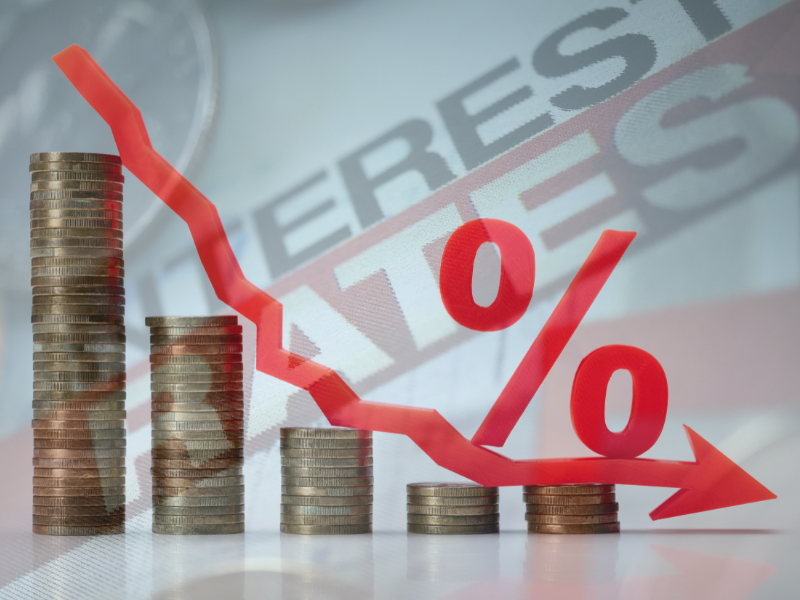Introduction to Day Trading
Getting into the stock world can be quite intimidating. Analyses, trends, and jargons often overwhelm beginners, creating the need for practical strategies to ease the transition. This article will guide you on how to start day trading in the Indian market and explain the relevance of the put-call ratio in trading decisions. But before you venture forth, it’s crucial to remember that investing involves risks. Carefully evaluating the pros and cons of trading in the Indian market is paramount to safeguard your capital.
What is Day Trading?
Day trading involves buying and selling financial instruments within a single trading day. As mountains can’t be moved in a day, likewise, your journey to becoming a day trading pro won’t happen overnight. It requires time, patience, learning, and understanding to navigate this field successfully.
How to Start Day Trading
1. Education and Training:
Begin by equipping yourself with foundational knowledge about stock markets, financial instruments, and day trading principles. There are numerous online platforms and courses available that provide a wealth of information.
2. Developing A Trading Plan:
Your plan should consider factors like the amount of capital you’re willing to risk, the number of trades you can favorably carry out in a day, your preferred trading time, and your exit strategy.
3. Choose The Right Platform:
A reliable and efficient trading platform is an essential for successful day trading. It should offer real-time market data, instant execution of trades, and analytical tools to inform your decisions.
4. Start Practicing:
Apply your learning on a demo account. It helps you understand markets better, develop your trading strategy, and gain confidence before you start trading with real money.
Understanding the Put-Call Ratio (PCR)
Once you’re set up to start day trading, it’s crucial to understand key trading indicators. One such indicator is the put-call ratio (PCR).
Put Call Ratio (PCR) is a popular derivative indicator that measures the trading volume of put options to call options. A put option allows the holder to sell an asset at a specified price, while a call option allows the holder to buy an asset at a defined price.
How to Calculate the PCR
The PCR is calculated by dividing the number of traded put options by the number of traded call options. Traders often use it as a contrarian indicator when the values reach extremes. If the PCR is above 1, it suggests that more puts are being traded, indicating pessimism. Conversely, if the PCR is less than 1, it shows more calls being traded, suggesting optimism.
Suppose you’re trading in the Indian stock market, and the total number of put options traded is 500, and the total number of call options traded is 1000, then the PCR will be 0.5 (500/1000), an indicator of high market optimism.
While the PCR is a valuable tool, it’s not infallible. Always correlate this indicator with other market sentiments and indicators to form a well-rounded view.
Conclusion
The path to becoming a day trading pro in the Indian market entails consistent learning and practice. Understanding the PCR and how it can inform your trading decisions is crucial. Remember, however, that all investments carry risk, so it’s essential to conduct thorough research and fully understand what your investment entails before putting your money at stake. This guide serves as a basic start point and does not provide detailed trading advice or stock recommendations. Always consider consulting with a financial advisor before entering the stock market.
Visit more: whatinmind




